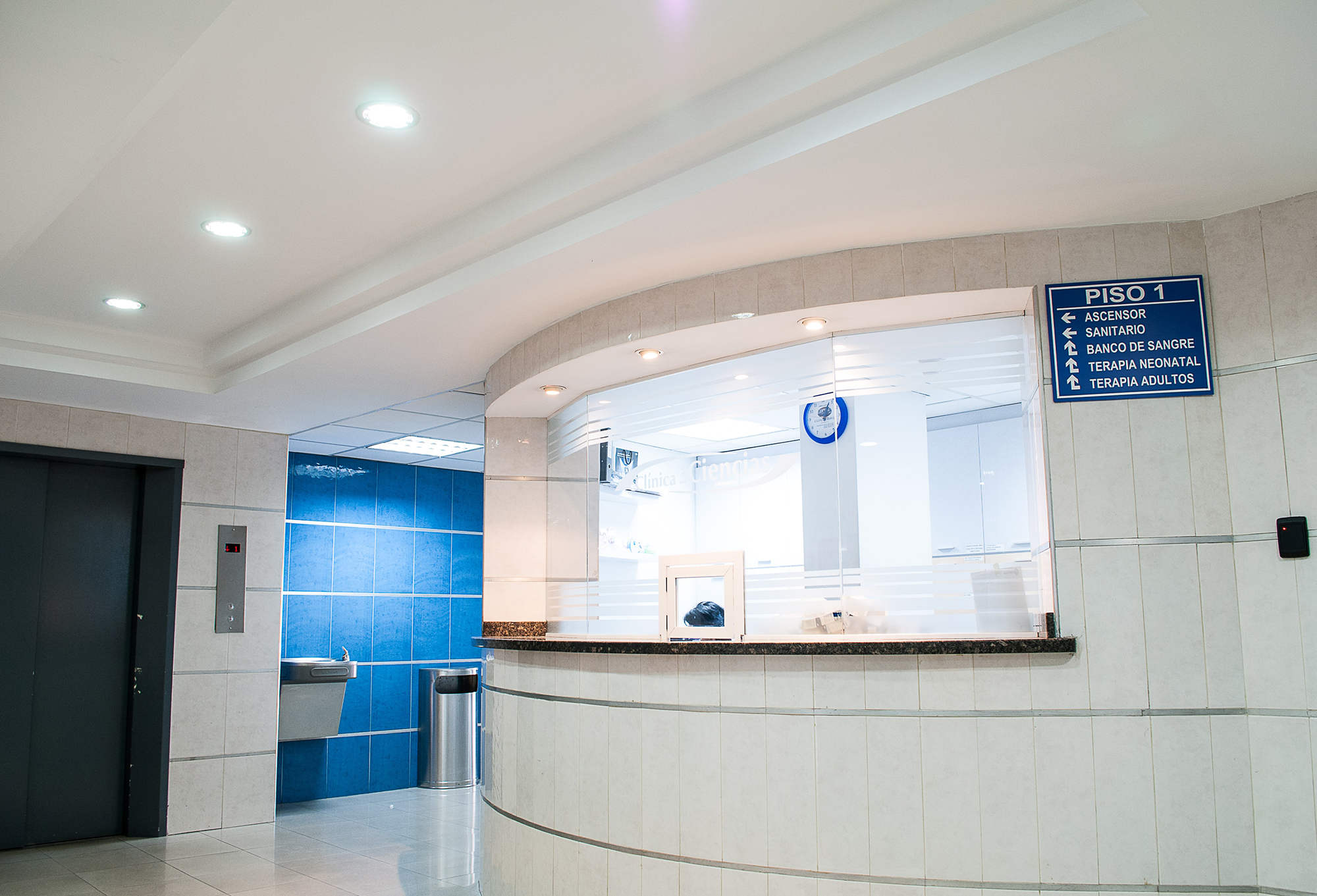As patients leave the private health system in droves, this means that the ones who choose to stay are facing ever-increasing costs alone, carrying the sustainability of private health insurance companies in their hands and in fewer numbers.
As patients end up in the public system, which is already strapped with underfunding and sub-standard services, their experiences across the board end up in the toilet.
Out-of-pocket costs continue to increase in both private and public systems, wait times blow out, and only those willing to pay to bypass this chaos get the treatment and experiences they want, when they want them.
This will lead to one of two possible major outcomes. Either the private health insurance system will collapse as it passes a point of too few customers paying into it or the public health system will collapse as it passes a critical waiting list threshold where most patients are unable to receive the most basic of care.
No matter which one of these situations arises first, there will be dire consequences for the other when it happens.
Lines of Sight
All these factors paint a picture of dread for healthcare as we know it in Australia; however, not all is lost.
On the face of it, government—both current and future—has to make some difficult choices about what type of system they want Australians to receive. That stated, this does not mean that healthcare providers can’t make some changes on their own to ensure that the best patient experiences are had by those flowing through the doors of their organisations.
After all, the best outcome for any healthcare organisation is to be known as “the place to go” by the general public when they need care.
As healthcare providers, we need to look inward to see what changes we can make to increase our patients’ positive experiences.
Even though the opportunity to do that has never been better, we still have no control over what might get in our way externally. Government legislation in flux, increases in natural disasters, or even major civil engineering mishaps could come out of nowhere and leave us scrambling to provide basic experiences, let alone improved or perfect ones.
Our patients experience our systems, whether private or public, through their own eyes. They describe our systems in their words and with their language. They walk through our buildings in their shoes.
We should be doing the same—looking to experience our own organisations through our customers’ eyes. Changing our own lines of sight and realigning to see things from the perspective of the people that we are charged with helping.
I have absolutely no doubt that we already do this. Our intentions come from a place of respect, compassion, care, and sympathy. However, we can still be confused as to why we struggle to move the needle towards more positive patient experiences with increases in exceptional feedback.
How many times have we struggled to replicate prior successes into new departments and new locations? How often have we seen trends go backwards, despite the best intentions?
This is where I challenge everyone in healthcare. …We can always do more to improve our lines of sight in our own organisations. We can reconnect with patients and customers in different ways and see things that we might have missed before.
Opportunity for improvement remains with us, especially in such dramatic and changing times. External factors like government should not stop us from making some of the best and biggest changes our organisations may have seen. And due to the extra focus now on getting things right in cases of dire need, existential crisis or natural disaster, timing could not be better to see how we can increase our successes — and boost patient experiences along the way.
If you’re interested in understanding patient experiences and improving them, Patient Experience Group can help. Please call us on 1300 NEW EXP (639 397) and we can work together to discover and uncover improvements that will have positive effects for patients and staff alike.





